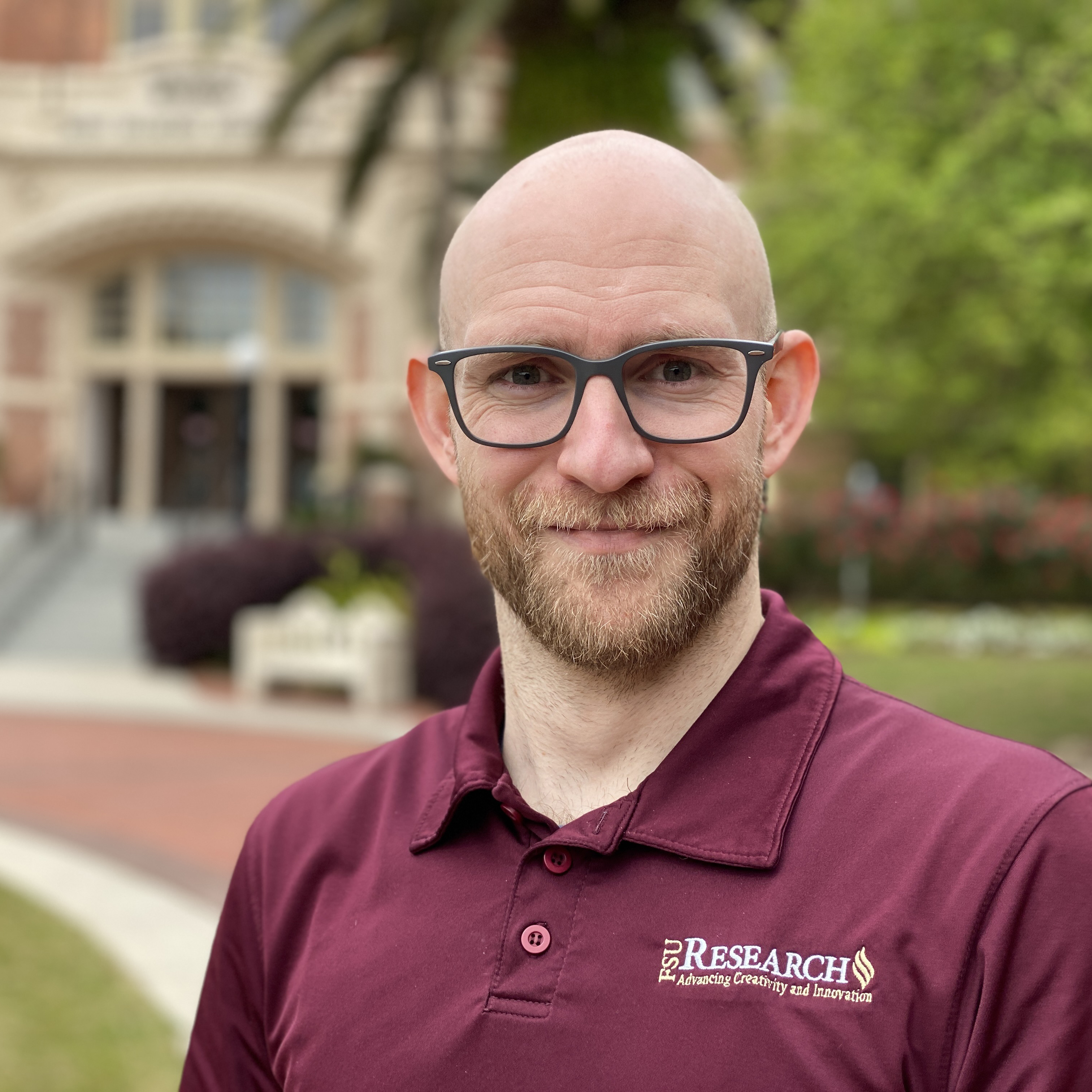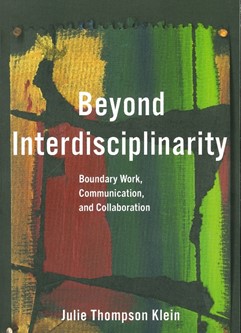In this Issue
Related Resources
What We've Been Reading
Beyond Interdisciplinarity: Boundary Work, Communication, and Collaboration
BY: Mike Mitchell | PUBLISHED: February 16th
Every semester I give a presentation on proposal writing for graduate students pursuing grants and fellowships, and one of my favorite lines is this, regarding collaboration:
"'Work with’ means so many different things that it effectively doesn’t mean anything at all until you tell me exactly what you will be doing”
Now if I asked: “What does 'Interdisciplinary Collaboration' mean?”, how many of you would respond with some form of “Different disciplines working with each other”?
Thus is the point of Julie Thompson Klein’s Beyond Interdisciplinarity, in which she explores the literature on interdisciplinarity, discusses how interdisciplinary discourse has evolved over the years and how this has impacted the nature and development of interdisciplinary fields, and finally explores the various ways that interdisciplinary work occurs (helping answer my above question!).
Klein makes two points that I found particularly interesting. The first is that she makes a point to draw distinction between cross-disciplinary and cross-sector, both of which are important in pursuing societally relevant research. Cross-disciplinary primarily refers to interactions between academic disciplines, and the ways in which they come together to examine topics (i.e, multi-, inter-, trans-disciplinary). Most of us have some experience with this concept, and are maybe even familiar with the ideal way in which it would work (even if we’re also very familiar with the way it actually works—or doesn’t). What’s less common, at FSU at least, is cross-sector work in which different sectors of society come together. For example, when academia, government, private industry, and members of the public collaborate to examine a societal level problem that affects them all. Cross-disciplinary and cross-sector work experience similar, but also unique challenges.
Cross-disciplinary and cross-sector work are similar but different, and both are essential to conducting societally relevant research.
Julie Thompson Klein
The second idea that was really interesting to me is that interdisciplinarity is in fact defined by boundaries. In order to do interdisciplinary work, one has to know where disciplines begin and end. In other words, we need to know where the boundaries of fields are in order to break them. This applies to both cross-disciplinary and cross-sector work, and the idea of distinction between disciplines and sectors forms the overall framework that Klein proposes we operate under.
Personally, I very much appreciate this framework because it helps explain much of what Collaborative Collision is trying to do. For example, Klein introduces the term Boundary Agent or Organization, an entity that facilitates communication between different forms of knowledge, including both academic expertise and stakeholder groups. This is a role that I’ve often found myself in, and one that is necessary to help people understand each other—the first step towards working together. Similarly, a Boundary Object is something that is shared across disciplines/sectors, and allows us to bridge epistemologies, values, norms, and even languages because it exists in all of them. Objects can be concrete or abstract, tangible or ethereal, as long as the object is present in all parties’ discourse in some fashion. For example, a large-scale, complex problem that affects all of us. So in this case, our Collaborative Collision program can serve as a boundary agent that facilitates cross-disciplinary work by focusing different groups on a complex societal challenge (i.e., a boundary object).
There’s much more than just these two ideas in Beyond Interdisciplinarity, but you don’t have to take my word for it.
Contact: Mike Mitchell | Strategic Initiatives Manager
Mike Mitchell has organized Collaborative Collision since 2017, and led its growth into a program highlighted as a significant contributor to achieving the goals of FSU's Strategic Plan. As ORD's Strategic Initiatives Manager, Mike specializes in leading programs that leverage the research strengths of a top-20 public university to promote societal impact. His focus areas include building new interdisciplinary teams, identifying opportunities for strategic growth, and connecting researchers and resources to advance creativity and innovation.





